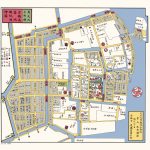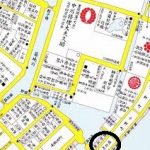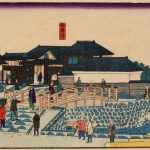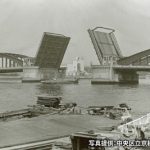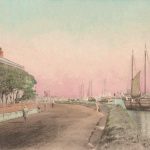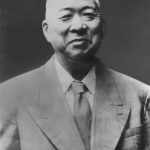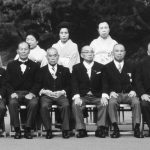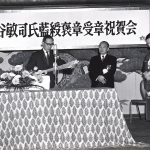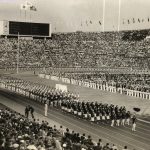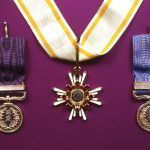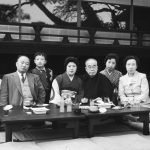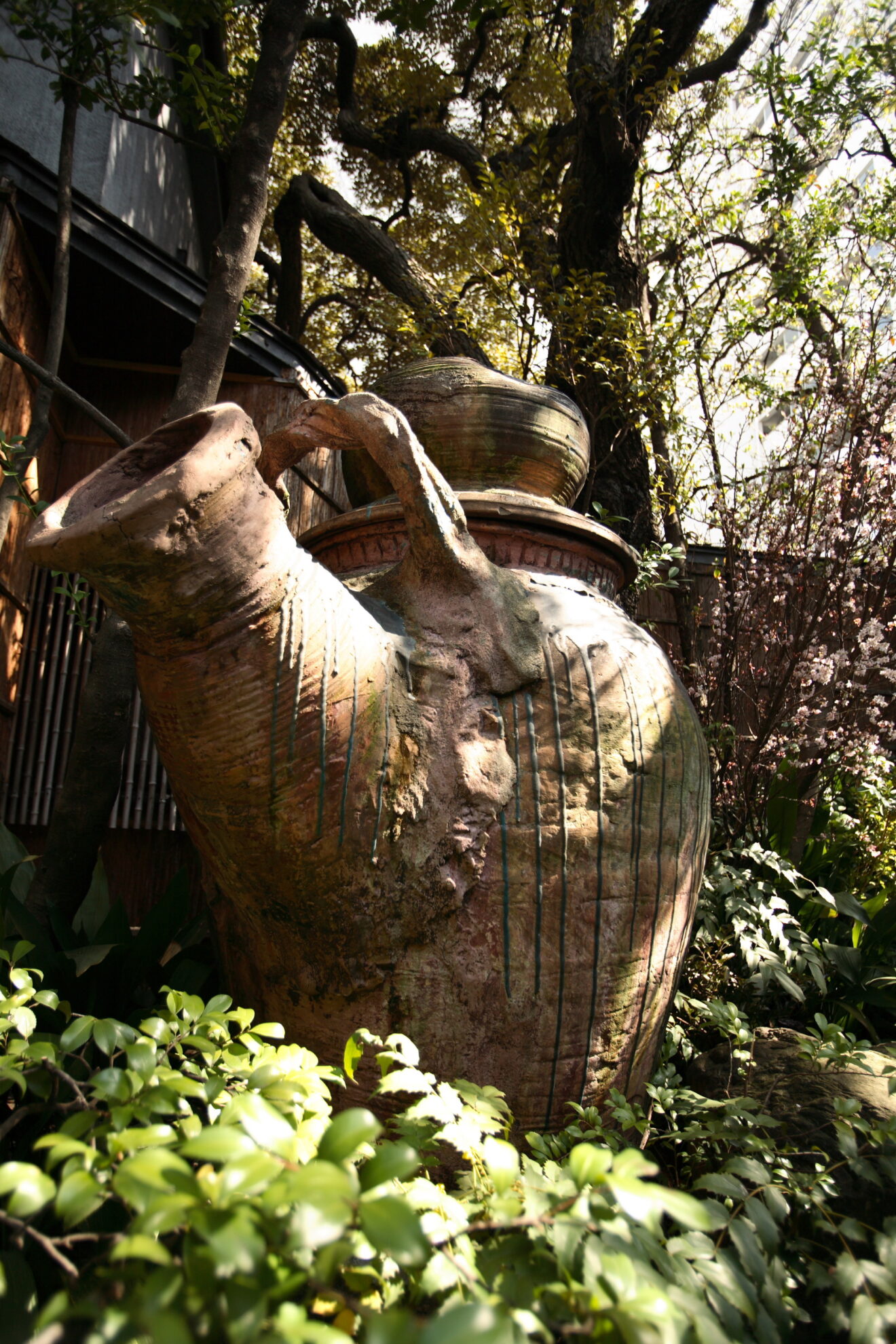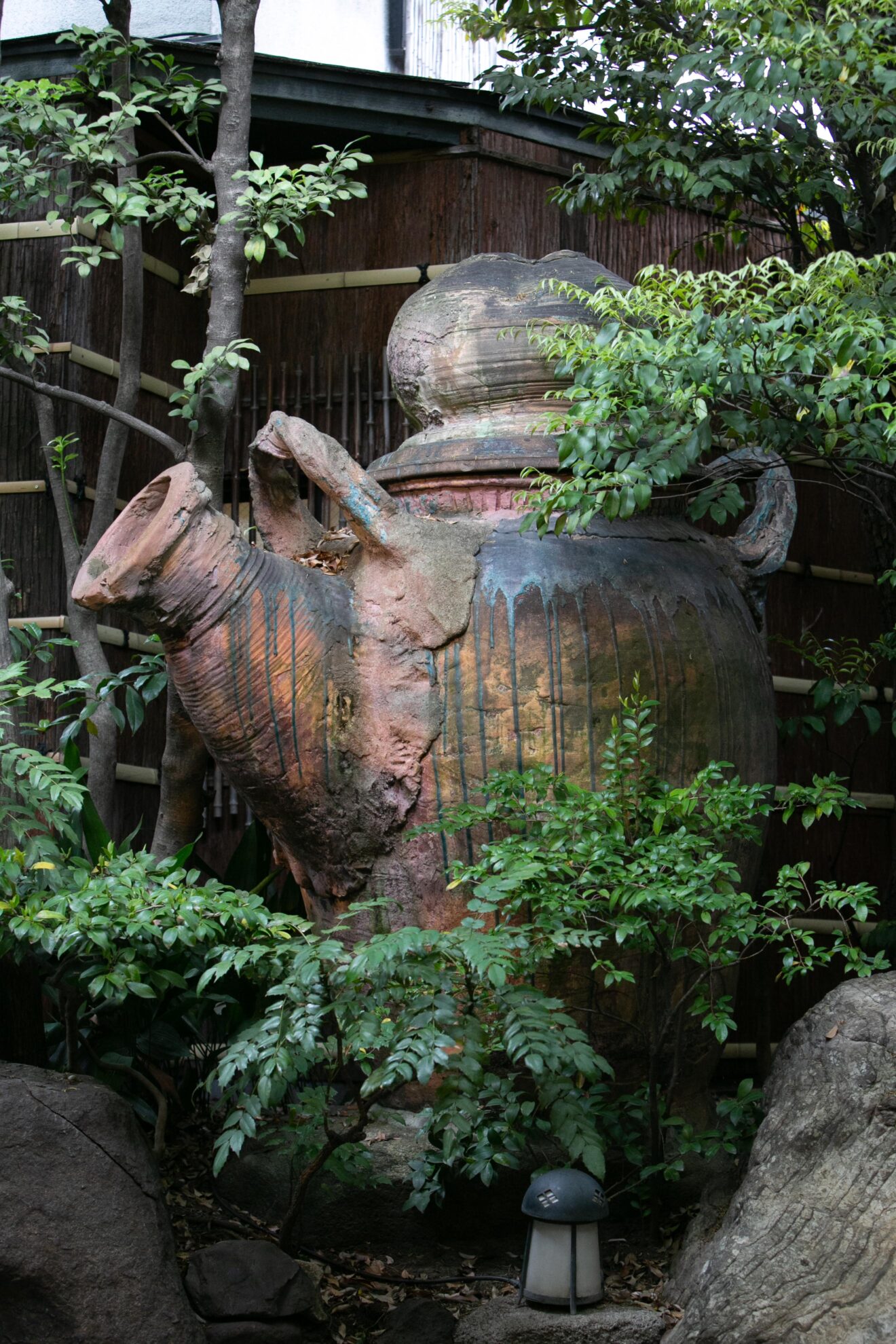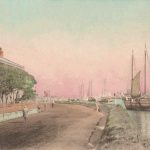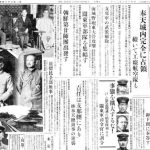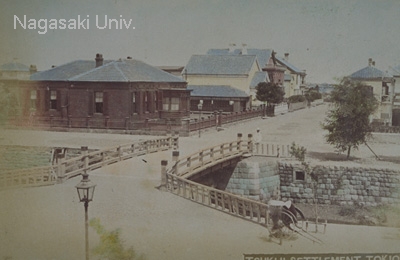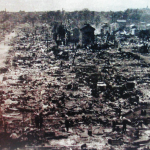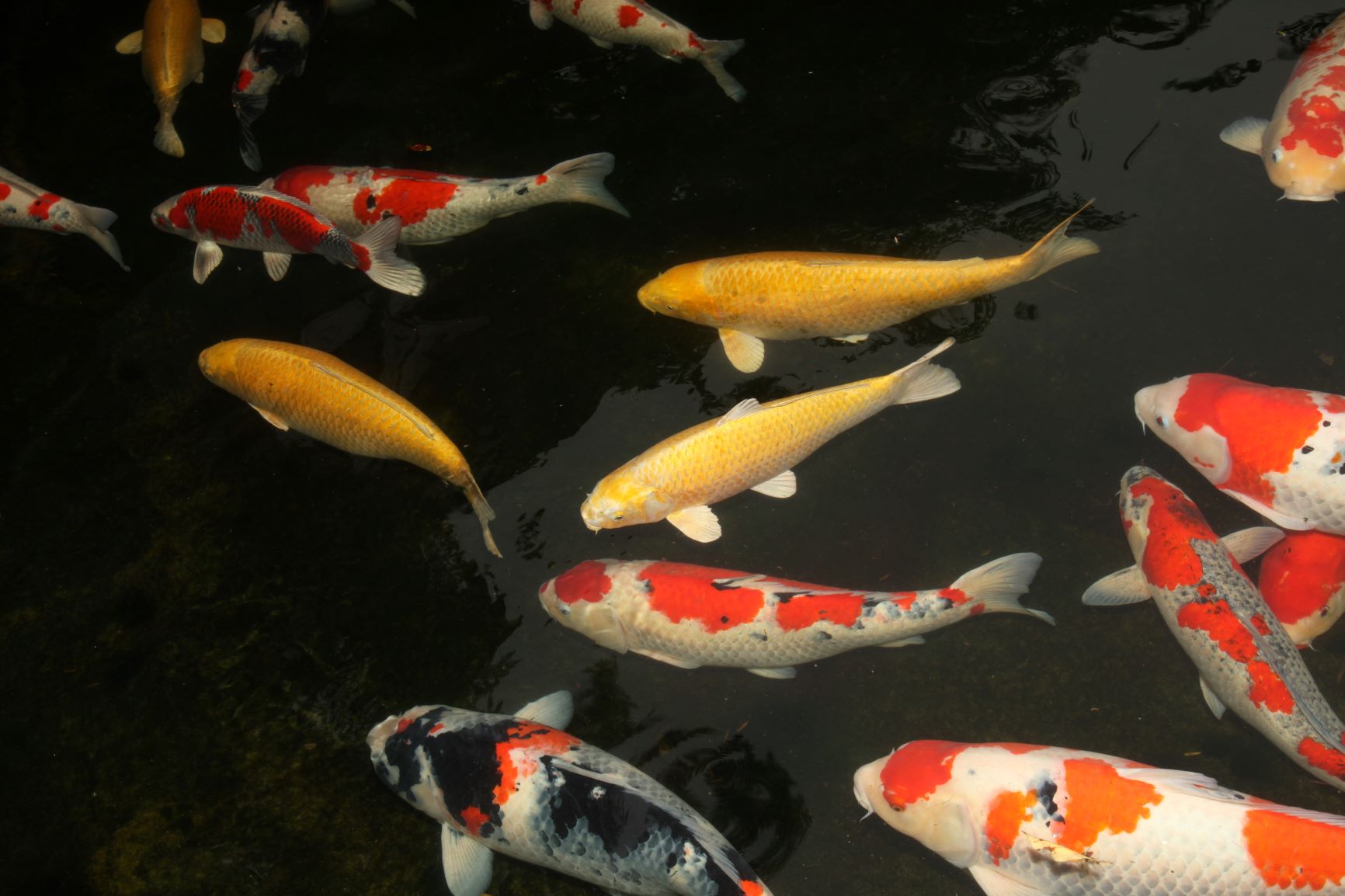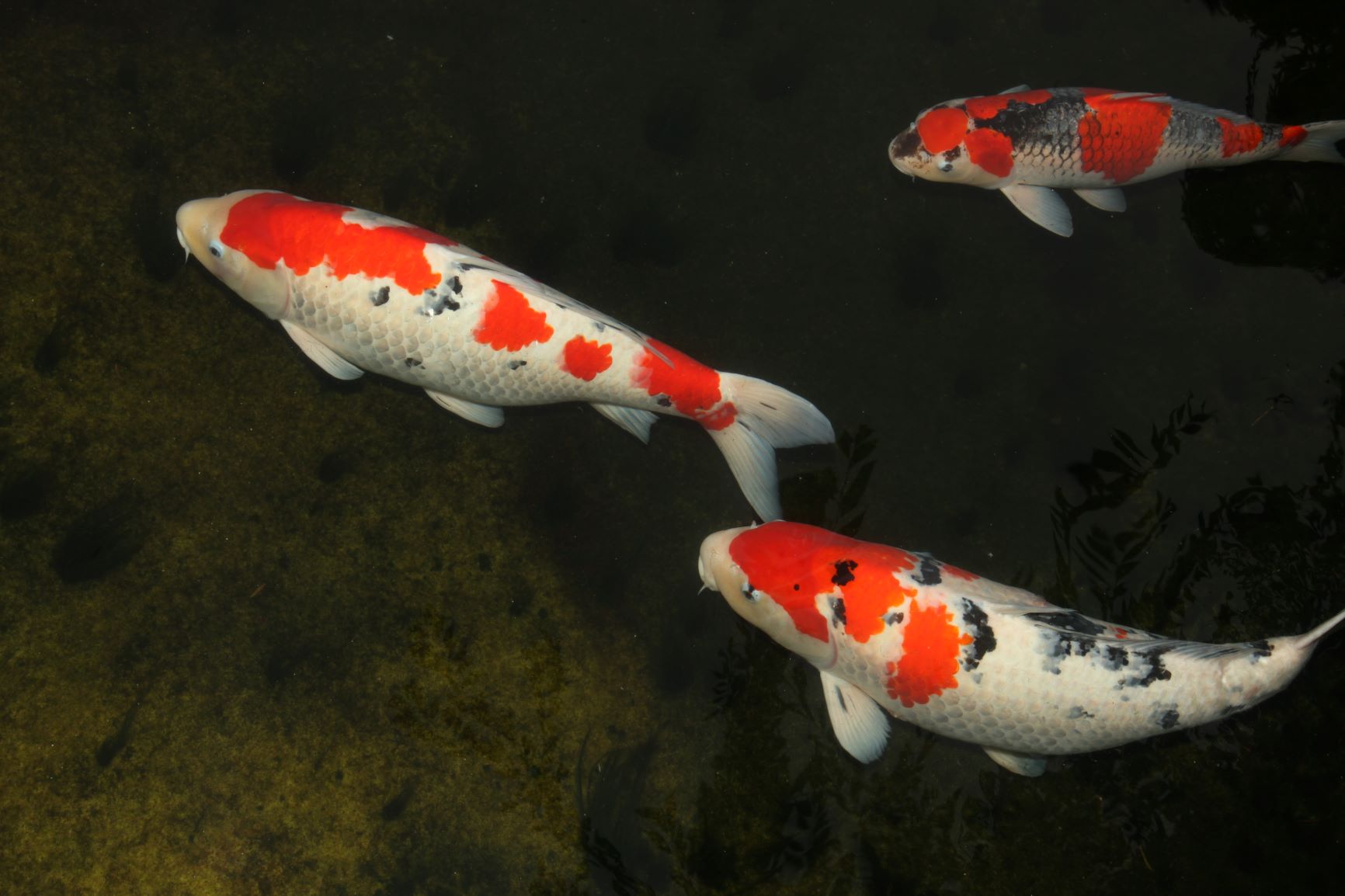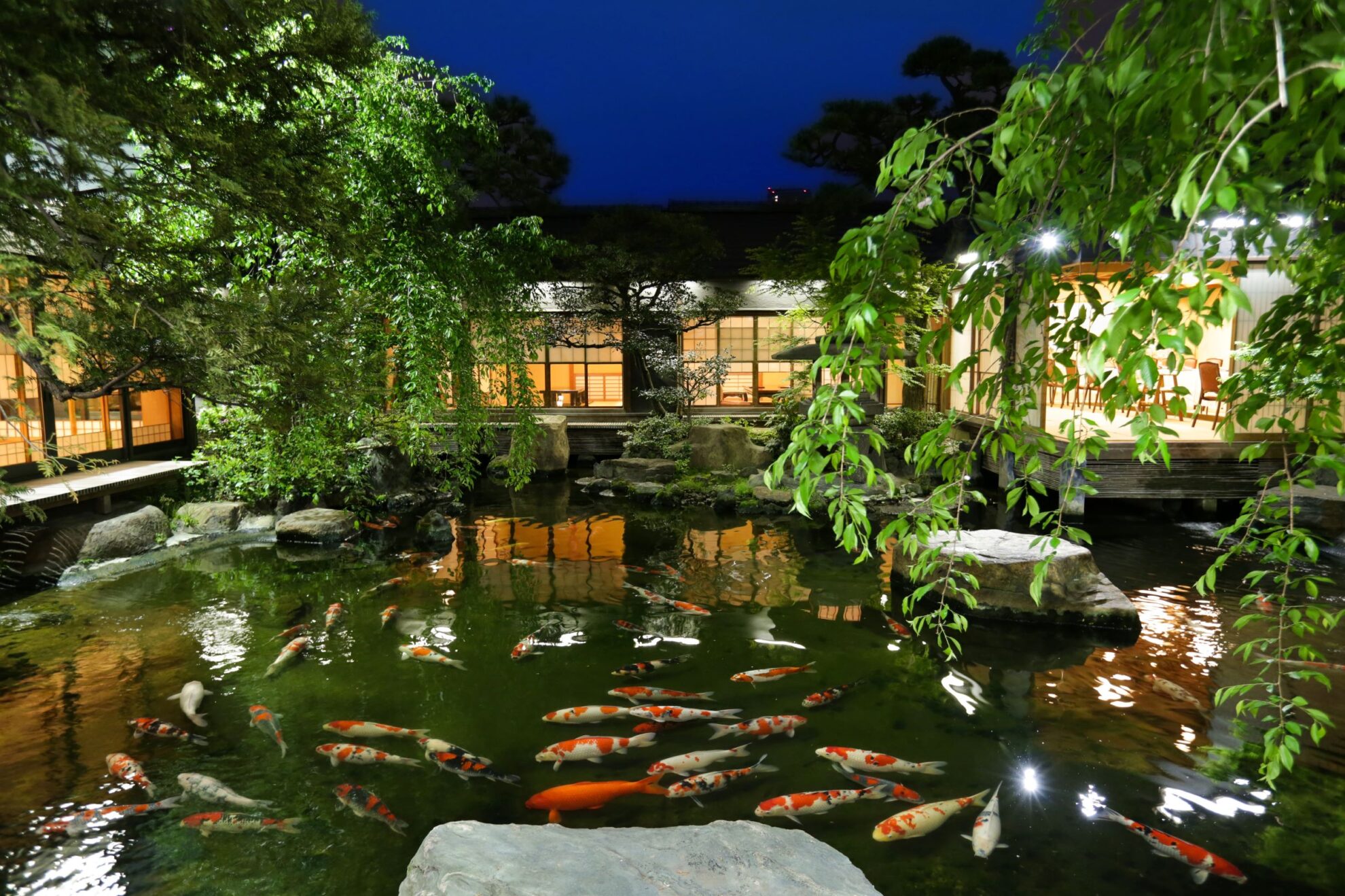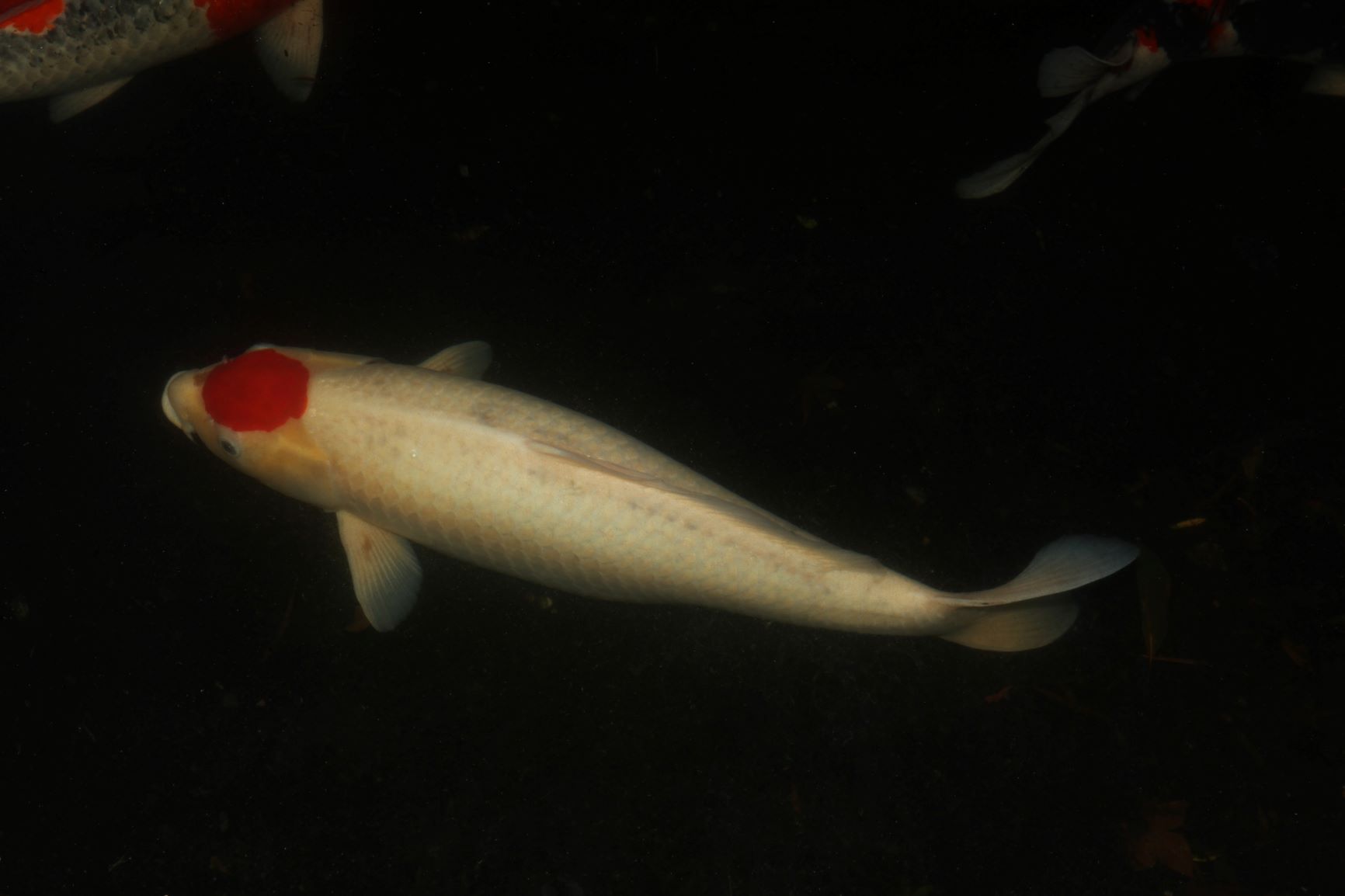From Edo period to Meiji period Present location, Akashi-machi area
The area around present-day Jisaku (Akashi-machi) is said to have been named after the people of the Akashi clan who lived in the area that was reclaimed to make room for the mansions of feudal lords after the great fire of the Meireki era in the Edo period. It is said that the residence of Asano Takumogashira was also located nearby.
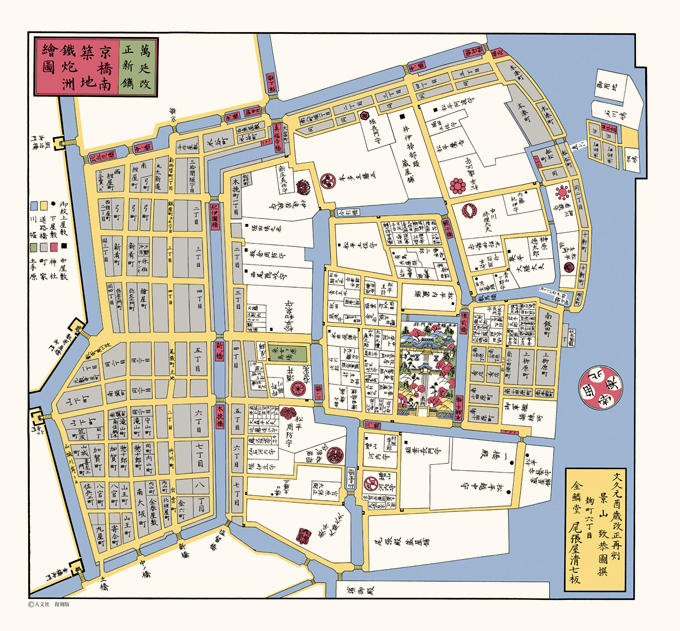

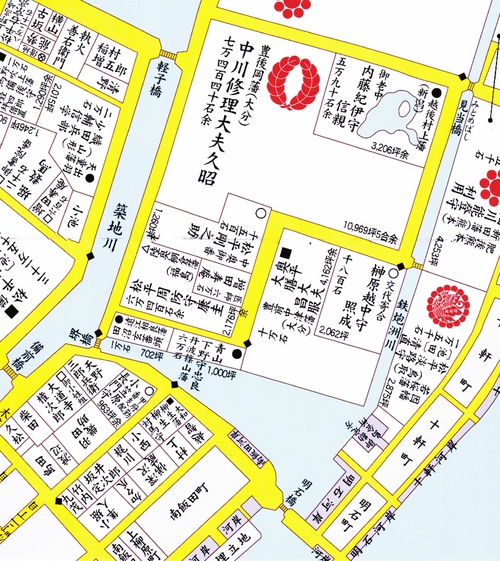

In 1858, the Shogunate signed the Treaty of Amity and Commerce between Japan and the United States, obligating Edo to establish a foreign settlement for foreigners coming to Japan to trade, similar to those in Kobe and Nagasaki, and this area became a foreign settlement.
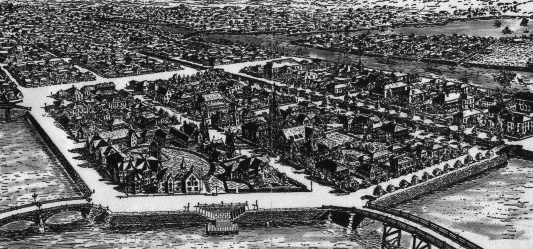

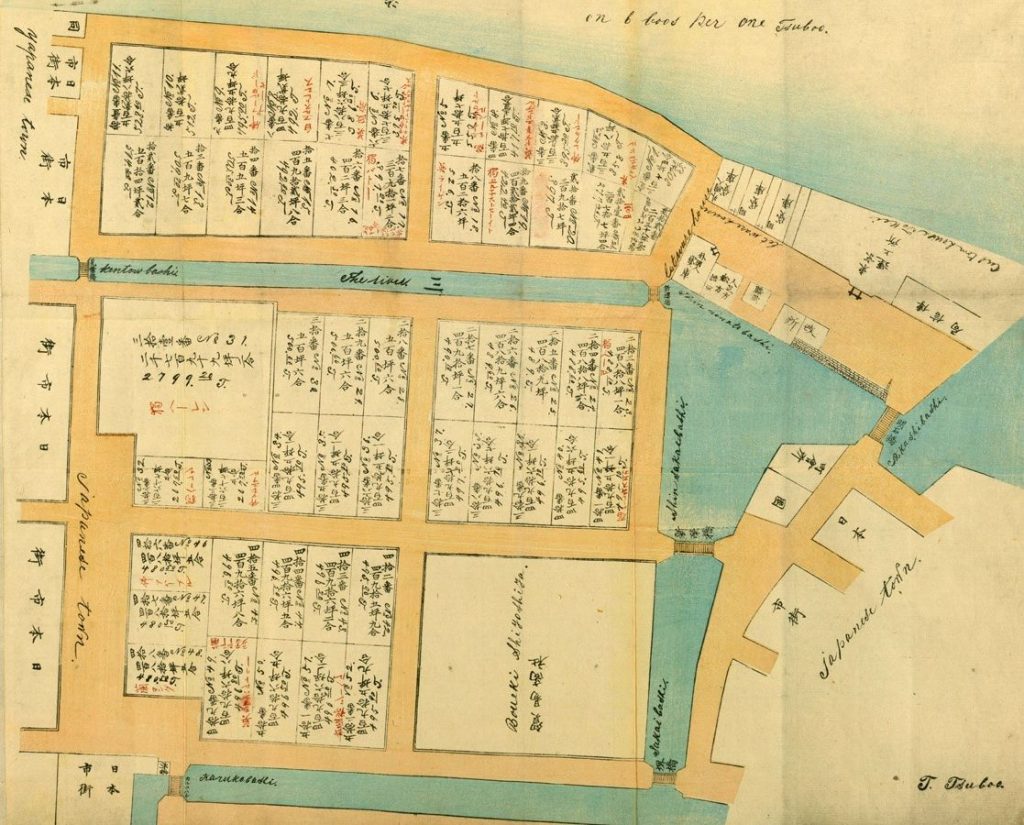

The area became the center of civilization and development in Japan because of its convenient access by boat to the foreign settlement in Yokohama. The first telegraph connection in Japan was established between Yokohama and Tsukiji. At that time, the current customs office called "Tokyo Unjojo Sho" was located in Jisaku.
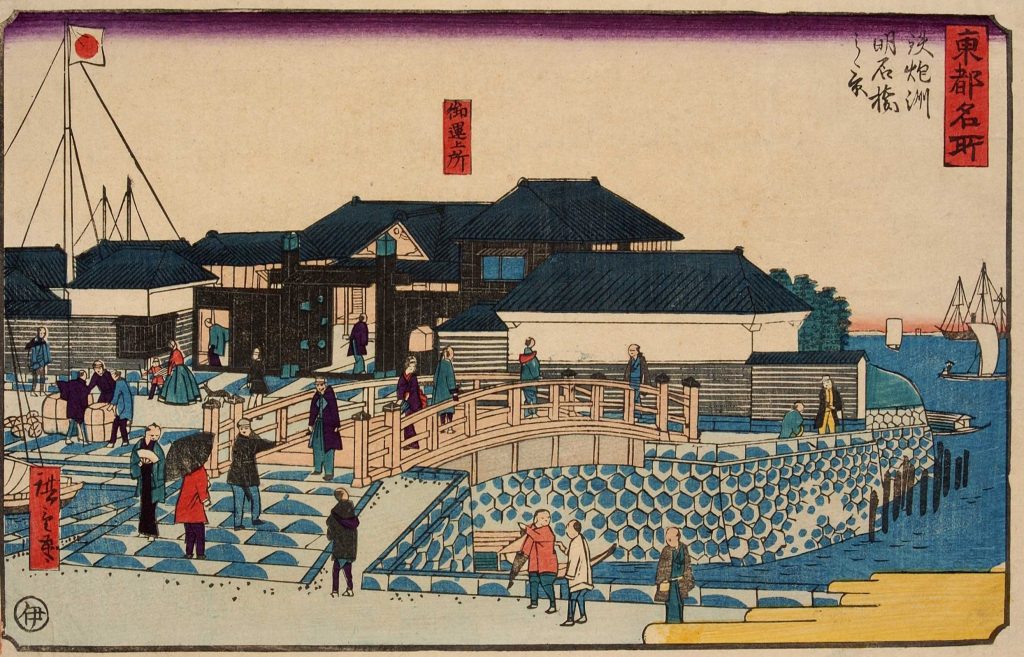

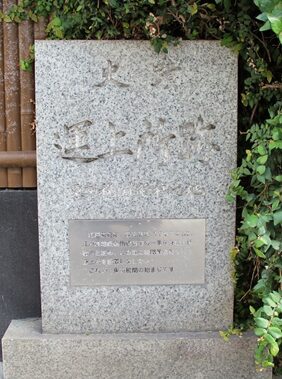

Unlike Yokohama and Kobe, where there were many trading houses, the Tsukiji Settlement was home to foreign legations and consulates, as well as missionaries, doctors, teachers, and other intellectuals from abroad who opened many churches and schools to provide education, forming an area that greatly influenced the modernization of Japan. Many Catholic churches and historic sites still remain nearby. (Historic sites and birthplaces: Sugoha Gakuen, Kanto Gakuin, Gyosei Gakuen, Meiji Gakuin, Aoyama Gakuin, Rikkyo Jogakuin, Keio Gakuin, Jogakuin)
When the foreign settlement was abolished after 1897, Tokyo Unjojo Sho was moved to another location. At that time, this area was very convenient for shipping, which was an important means of transportation, and one can imagine that it must have been a lively and fashionable town where civilization flourished. Later, Jisaku, which suited its convenient location, became the residence of various prominent families, and in 1931, Jisaku Honda, the founder of Jisaku, purchased the property. The entrance hall and the reception room on the right side of the entrance still retain their original appearance.
.jpg)
.jpg)
Founder Jisaku Honda


Tsukiji Jisaku was founded in 1931 by the first executive chef and owner, Jisaku Honda.
The name "Jisaku" was changed to "Jisaku" after his own name. Jisaku Honda, who had successfully opened numerous restaurants in various locations and was even called the "Kappo King of Japan before World War II," had his heart set on entering the Tokyo market. Jisaku Honda, the first executive chef, had a very dynamic personality and loved to celebrate and surprise people.
It is said that Jisaku Honda had a Shigaraki raccoon dog pottery master, Raccoon Ann, bake the earthenware. The stuttering earthenware jar is 3.5m in diameter and 3.5m high, and now welcomes visitors at the entrance as a symbol of the Mochiji Jisaku.
Jisaku Honda was also a very strict man. Setsuo Watanabe, the previous executive chef who knew Jisaku Honda today, says, "He was a very strict man.
He always wore a black montsuki, hakama, and white tabi socks, and stood so straight, it was terrifying.
When entering the Tokyo market, Jisaku Honda focused on the taste of the Tokyoite and Edo-mae taste. He believed that in order for his restaurant to succeed in Tokyo, he had to serve food that met the taste of Tokyoites. For this reason, he did not use any chefs from Kyushu other than himself, and hired only chefs he had personally recruited in Tokyo. This was a choice that could only have been made by "Chef Honda Jisaku," who knew the difference between Edo-mae cuisine and his own cuisine.
The birth of the famous mizutaki
It is said that Honda passed on only the recipe for Jisaku's specialty, mizutaki, and had it made by a chef in Tokyo. When the chef changed, the taste of the dish naturally changed as well. It is said that it took a great deal of hard work to reconcile the tastes of both chefs. After much trial and error, Tsukiji's specialty "chicken mizutaki" was completed. Even today, the taste of mizutaki is still maintained by a single chef, called "mizutaki-ban," who is dedicated to the dish.
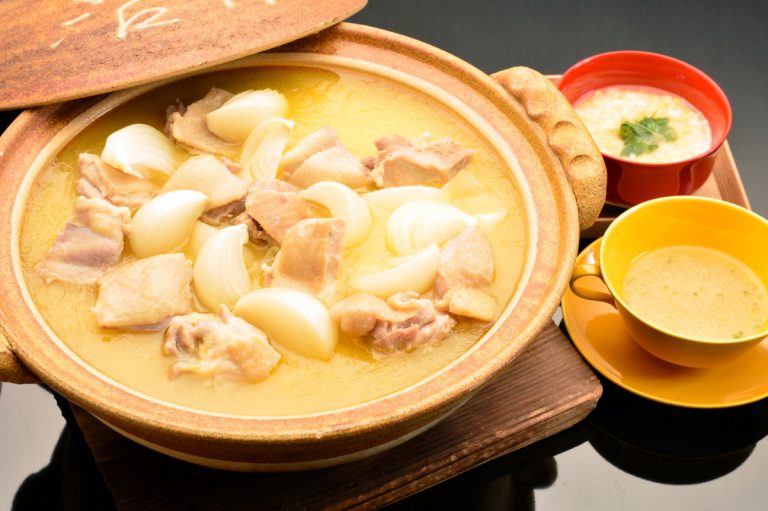
Tsukiji Jisaku was founded in 1931, the year of the Manpozan Incident and the Manchurian Incident, and quickly gained a reputation among passersby, becoming very successful. In 1933, a branch was opened in Fukagawa, and in 1935, in Kanda. This inspired Jisaku Honda to expand his Japanese cuisine to the far-flung continent. In 1935, he opened Peking Jisaku. However, this was to prove a hardship.
.jpg)
.jpg)
.jpg)
.jpg)
.jpg)
.jpg)
During the war (World War II 14-20), Jisaku Honda had reached as far as Beijing and Singapore, only to be hit by a huge wave of defeat. When the war ended, Jisaku Honda returned to Japan literally penniless and with nothing but the clothes on his back. To make ends meet, he took a job as manager of a diner in the basement of the then Nichido Building.
During the war, Tsukiji Jisaku was offered as a dormitory for employees of Ishikawajima Shipyard. The town of Akashi, a former foreign settlement and home to many churches, escaped the air raids and fires of the war. Jisaku's buildings remained almost intact.
Tsutsuji Harusaku Reopening and Toshiharu Hase
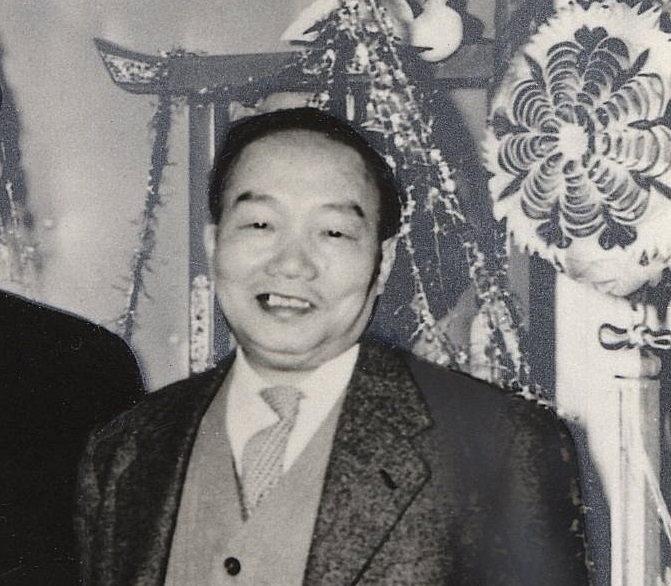
After the war, Jisaku Honda heard that the building could be bought back at a reasonable price if he negotiated under his own name, the original owner. He then turned to his predecessor, Hase Toshitsuka, who had been in charge of the building for many years.
Toshizi Hase was an entrepreneur and chef who owned seven restaurants and cabarets in Tokyo and was a junior colleague of Jisaku Honda. Toshizi Hase was also a man of great ideas, and his installation of a neon sign in the shape of a rotating globe, 1.8 meters in diameter, in the center of Ginza, which was well received, was somewhat similar to that of Jisaku Honda.
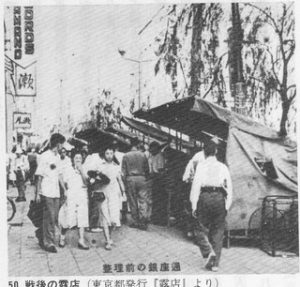
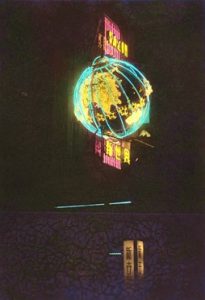
Soon after the war, Jisaku Honda visited Toshiharu Hase. Toshizashi's heart was greatly moved when he heard of the heartfelt wishes of his senior colleague, whom he had known well before the war and had looked up to as a mentor. However, Jisaku in Tsukiji was a large restaurant with a floor space of 8,000 tsubo (approximately 2,600 square meters), more than 30 guest rooms, and an exquisite courtyard. To buy it back, renovate it, and open it for business would require a considerable amount of money, no matter how inexpensive it might be to buy it back. With his aides in the background, Toshiharu decided to rebuild Tsukiji Jisaku. At a time when the peace talks between Japan and the Allied Powers were about to take place, it was a decision that was typical of Toshiharu Hase, who had always said, "Business is a ballsy thing to do.
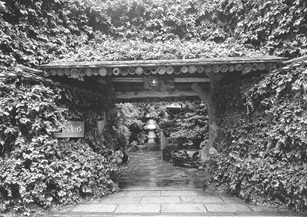
While Jisaku was bought back with funds raised by Toshiharu Hase, Jisaku Honda prepared furnishings to suit his own tastes, brought back former chefs and waitresses, and prepared for the opening of the restaurant. The new Tsukiji Jisaku reopened on September 18, 1951. Tsukiji Jisaku quickly regained its old popularity after opening, and even Toshiji was impressed by Honda's ability. Later, Toshiharu Hase purchased the Kuhara family's villa in Shirokane and opened Happoen.(Click here to see the history of Happoen and Toshi Hase)
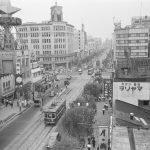

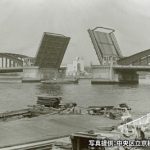

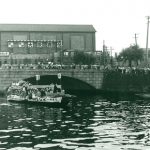

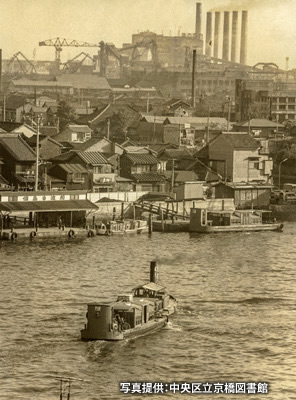

In those days, people wore yukata after bathing and enjoyed their meals in this style. During the bustling postwar reconstruction period, there were many ryotei restaurants between the Shimbashi Enbujo and Jisaku. The Shimbashi geisha and other Hanamachi (flower district) was also very lively, and Jisaku was very prosperous. Even today, there is a pier behind Jisaku, but in those days, there were ferryboats that went to and from the other side of the river, and Jisaku also had its own private boat. It is said that it was very convenient to come and go between downtown and Jisaku.
When Mr. Suiken Suzuki visited Happoen in 1953, he wrote "Drunken Passenger Full of Boats" in the hall, and when Mr. Mimatsu, a Chinese painter and friend of Jisaku, visited Jisaku, he wrote "Ikkoten" on a piece of colored paper showing the joy of Jisaku Honda, which can still be seen today in various places as Jisaku's mark. It is still seen today in many places as Jisaku's mark.
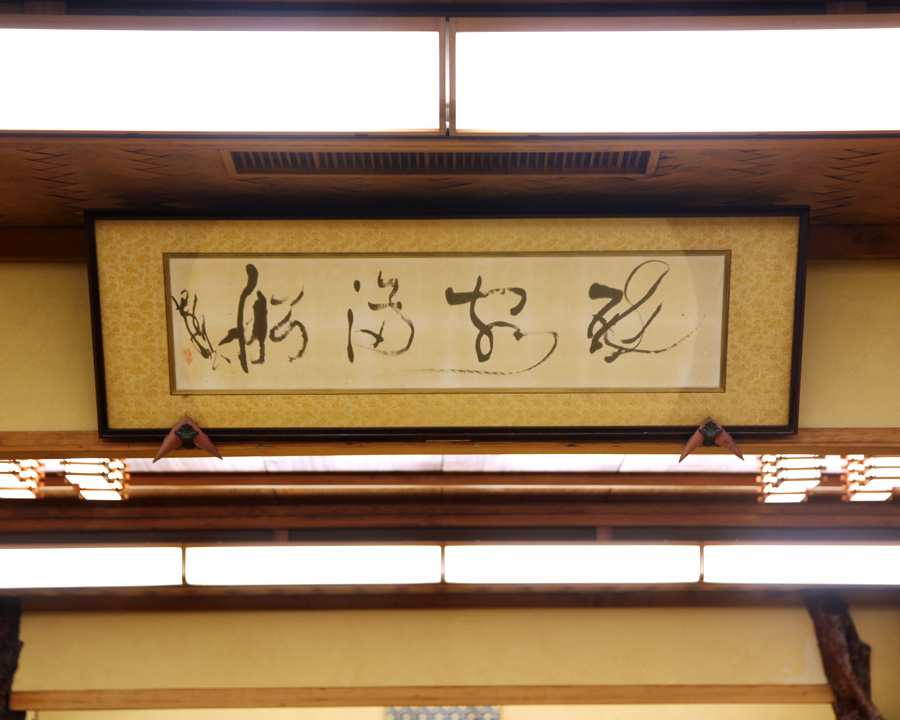
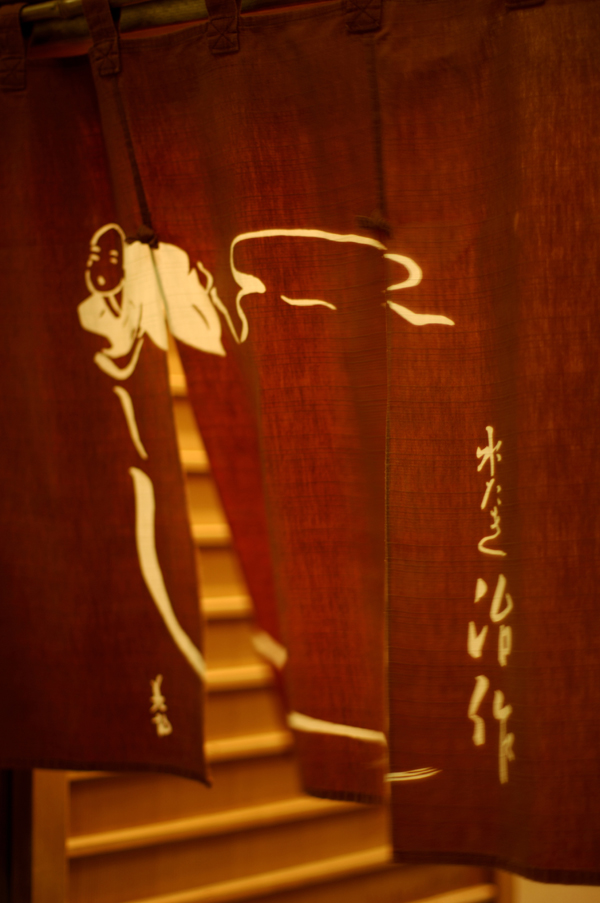
Later, Jisaku Honda opened Kobe Jisaku with his son. The funds were raised by Toshizi Hase, and with that, Honda withdrew from Jisaku in Tsukiji, leaving the previous owner, Toshizi Hase, to manage the business on his own.
In 1963, opened Ginza Jisaku as a sister store.
Prosperity and Transition of the Ryotei Restaurant, Toshiji Hase, the Predecessor
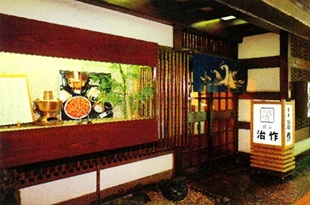
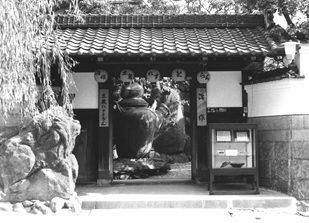
In 1964, the year of the Tokyo Olympics, Toshiharu Hase became the chairman of the executive committee for the operation of the Olympic Press House Restaurant, and made a great contribution. In the same year, he was awarded the Medal with Dark Blue Ribbon.
Around 1970, when the Tokyo Metropolitan Government was facing financial difficulties, Toshiharu Hase was delighted to have a once-in-a-lifetime opportunity to acquire the rights to this leased land. After lobbying many people and purchasing the Jisaku land from the Tokyo Metropolitan Government, all of the land was finally owned by Toshiharu Hase. In 1949, the founder was awarded the Order of the Sacred Treasure, 3rd class, and decorated with the Order of the Sacred Treasure.
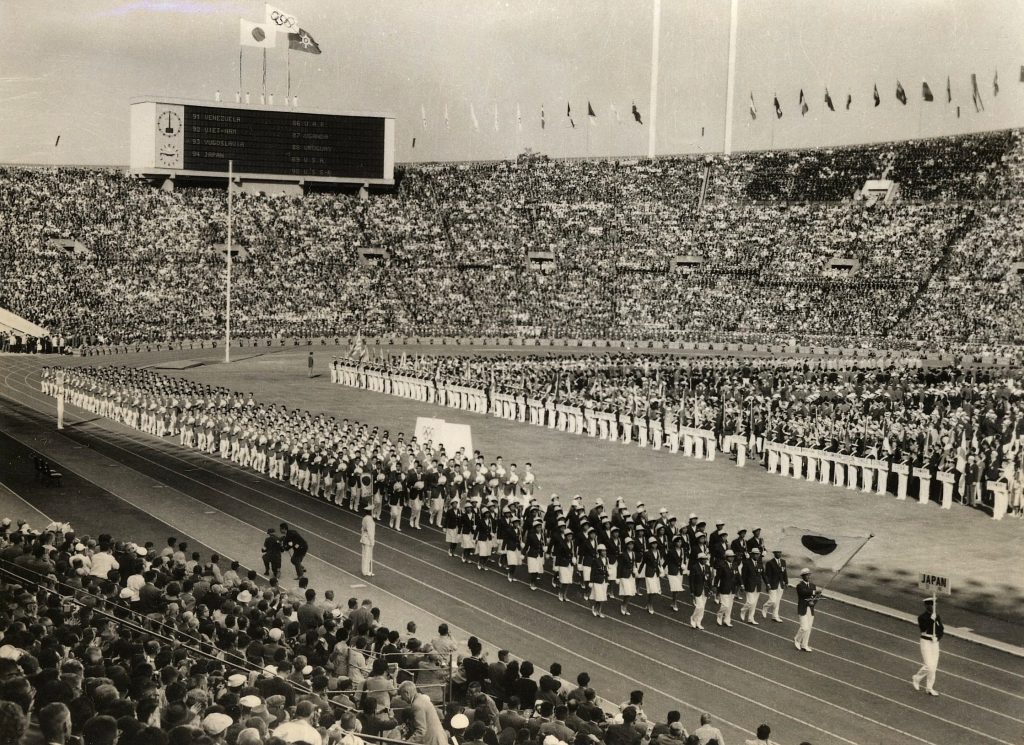
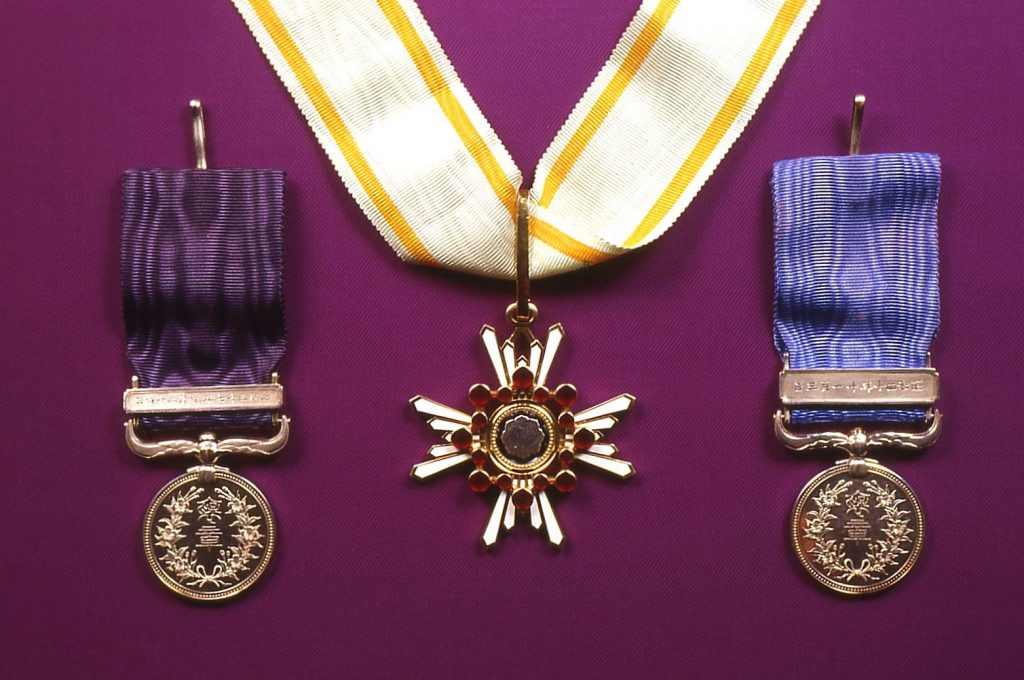
Around 1975, times were booming for wedding ceremonies. Taking advantage of his experience at Shirokane Happoen, he decided to start weddings at a ryotei (traditional Japanese restaurant) and built a temple in Jisaku. His plan was successful, and weddings at ryotei restaurants prospered. We have witnessed many weddings up to the present day.
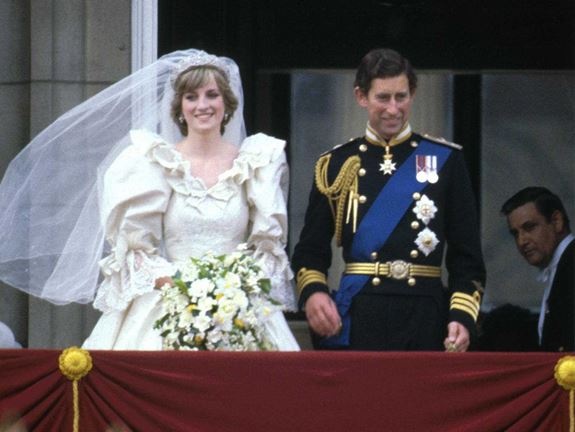

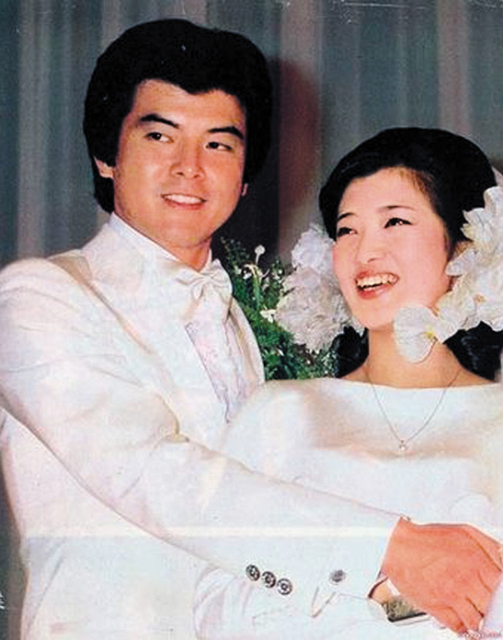

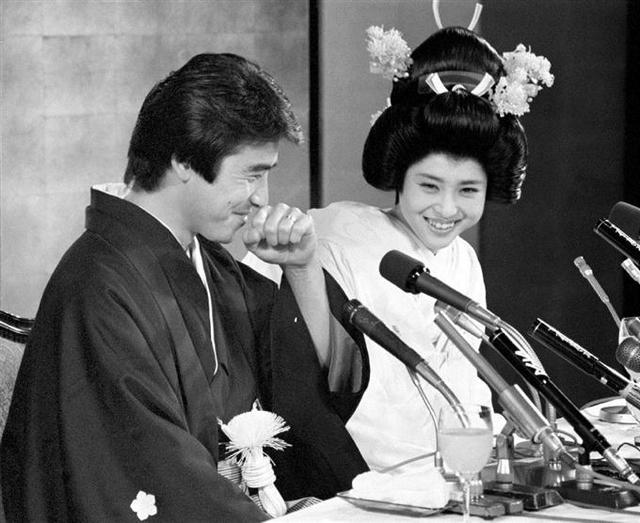

Since 1975, the dry landscape garden has been converted into a pond, and the koi swimming in the pond have been renewed, offering an assortment of colorful Nishikigoi. The pond is filled with more than 100 plump koi swimming vigorously in the pond today.
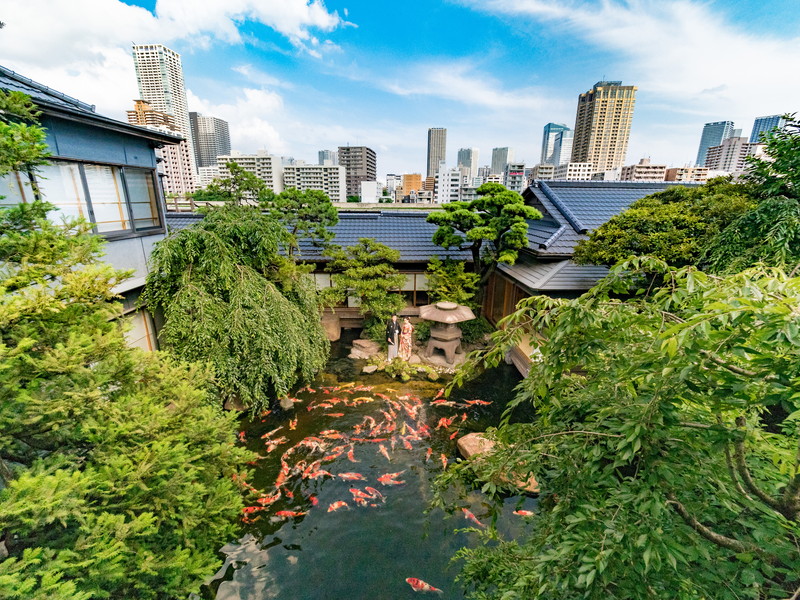

After 1975, the bubble economy helped Tsukiji Jisaku to thrive, and many customers from the business world and celebrities came to the restaurant for the specialty "mizutaki" (boiled rice with water). The popularity of the restaurant led to many requests from department stores to open new outlets, and the number of outlets was increased.
He went directly to England and Italy to negotiate and open stores that were the talk of the town at the time, including the opening of the "Babington Tea Room" and "Il Salmaillo".
1980 Opening of Babington Tea Room on the 2nd floor of Isetan Shinjuku
1985 Opened Tsukiji Jisaku, Isetan Matsudo store
Cafe Rodin opens on the 3rd floor of Isetan Shinjuku Main Bldg.
1988 Opened Il Salmaillo Sanfilippo in the basement of Isetan Shinjuku
1993 Opened Tsukiji Waraku, across from the Wave Repellent Shrine outside Tsukiji
1996 Tokyo Big Sight Top Light opened.
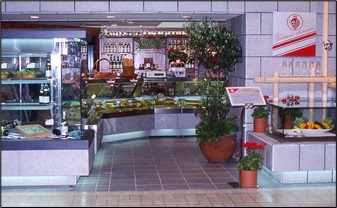

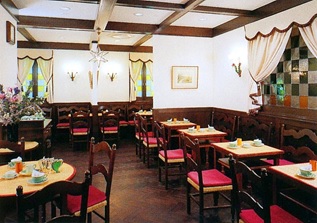

With the start of the Heisei era, the Shinbashi Hanayanagi district/ryotei (Japanese-style restaurants) withdrew or closed across the board due to the decline of the economy, reduction of entertainment expenses, and reduction of entertainment expenses by government ministries and agencies. In the Shimbashi Ginza Tsukiji area, only a few restaurants remained, including "Kanetanaka," "Kitcho," "Shinkiraku," and "Tsukiji Tamura.
Due to changes in department store management and license expiration dates, various stores will be closed. (Currently, only Tsukiji Jisaku and Ginza Jisaku are closed.)
Hearing that Yamakoshi Village, a Nishikigoi production area, had been damaged by the 2004 Niigata Chuetsu-oki Earthquake, Hase went to the area and has been adding Nishikigoi from Yamakoshi Village since then as part of his support.
2008 Happoen Co., Ltd. and Hase Kanko Co. are separated and management and operation become separate companies.
Around 2008, the number of weddings at Tsukiji Jisaku increased due to the Japanese wedding and shrine wedding boom.
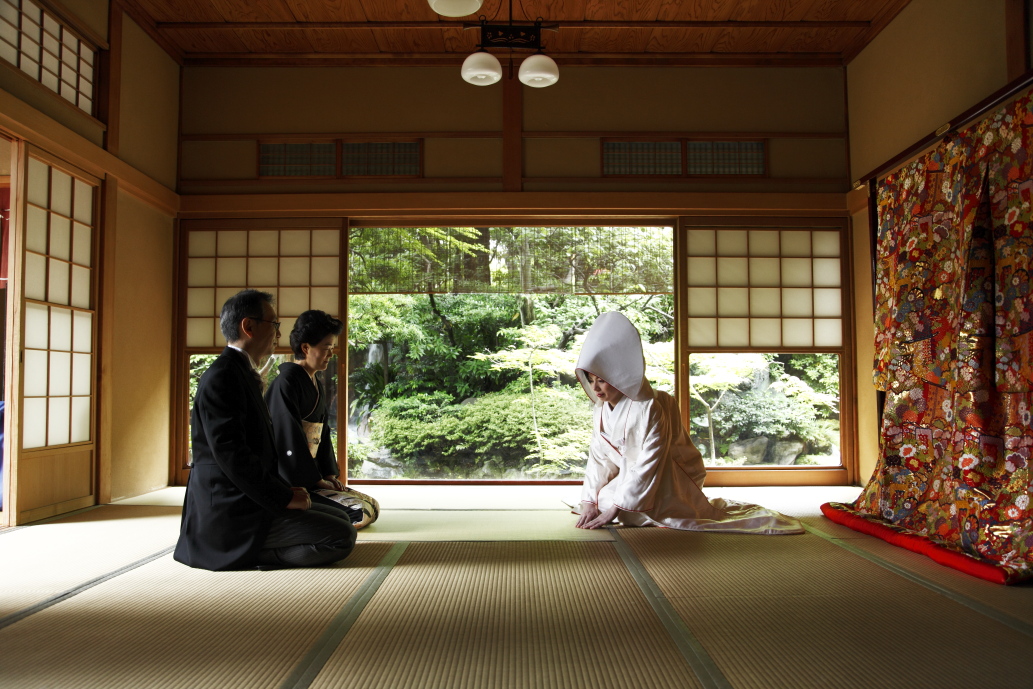

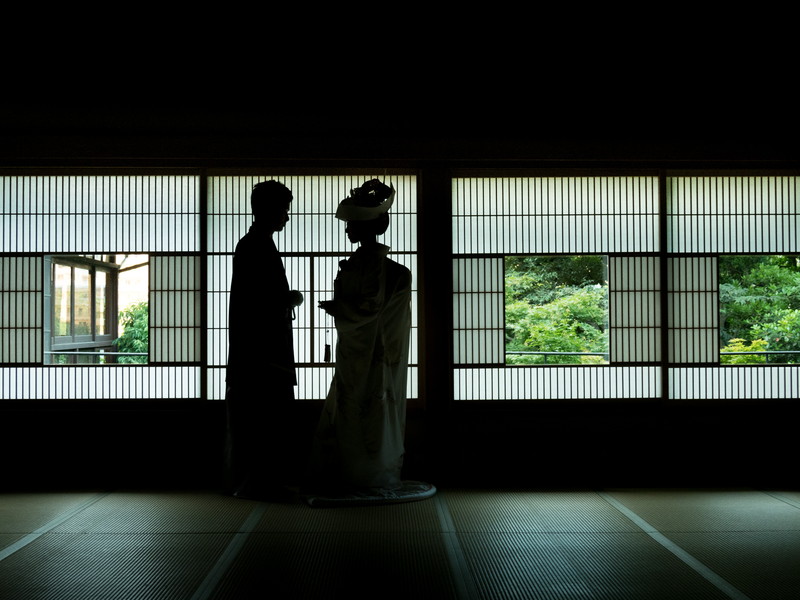

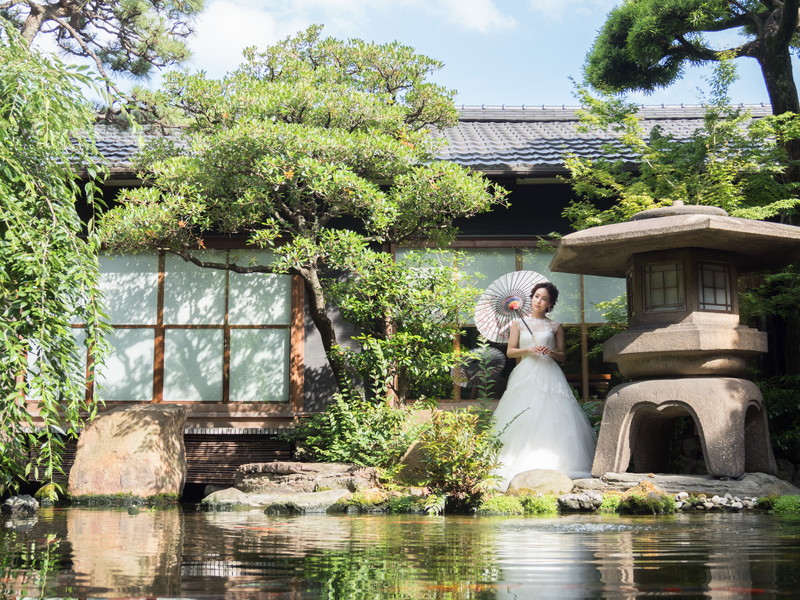

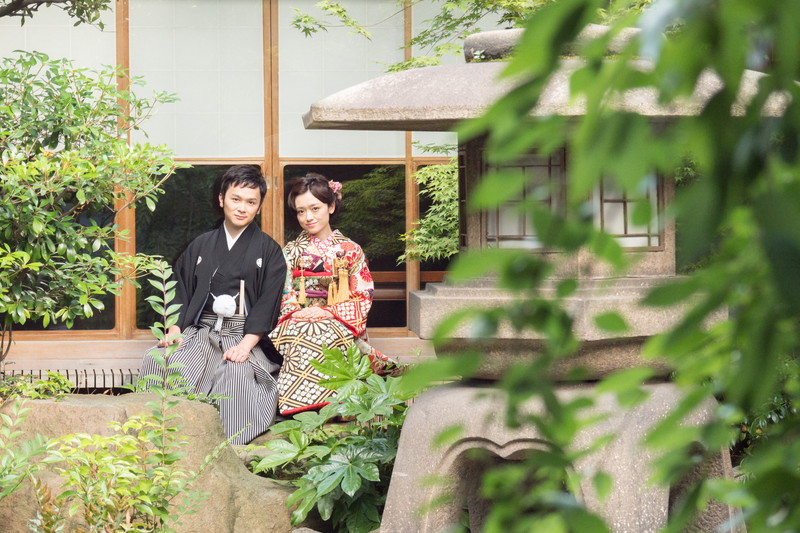

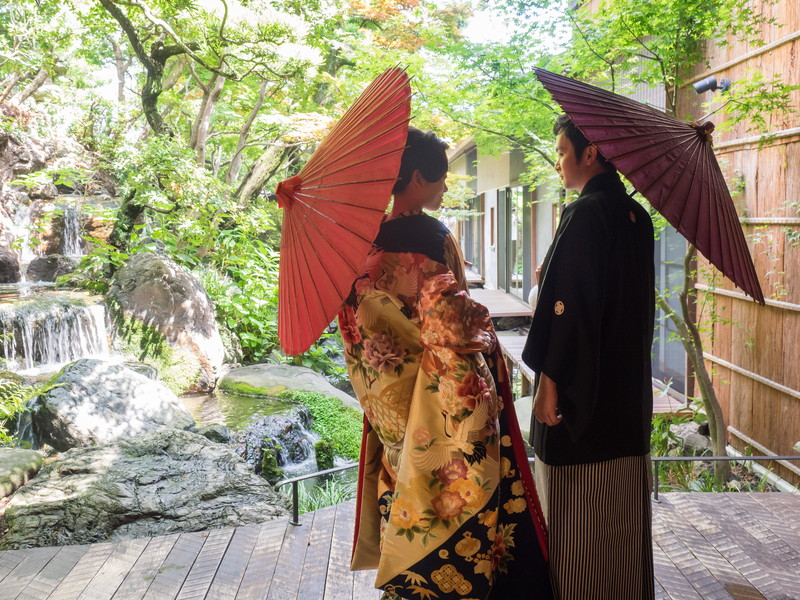

In the Heisei era, it has been difficult to maintain the old building due to the earthquake and other factors, but the vast 800 tsubo ryotei still retains its original appearance while undergoing earthquake-proofing, renovation, and repair work. No other ryotei restaurant in Tokyo offers such a rare opportunity to enjoy a meal with a view of a pond and carp.
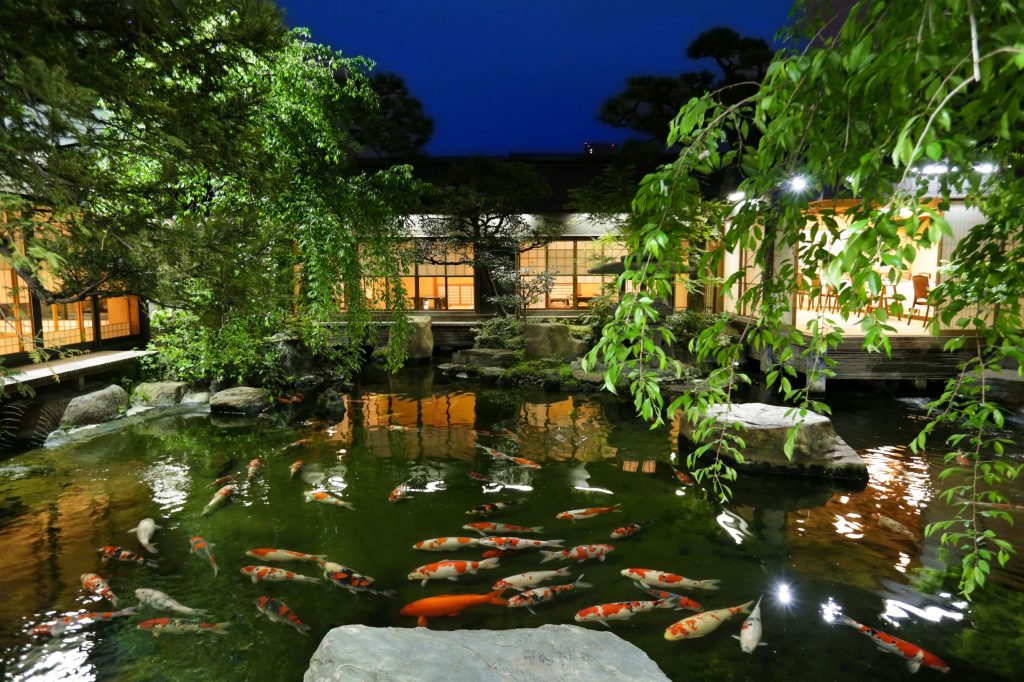
![Tsukiji Jisaku [Official] Ryotei Famous Mizutaki -Official direct reservation special offer-.](https://jisaku.co.jp/wp-content/uploads/2025/01/header-logo.png)

